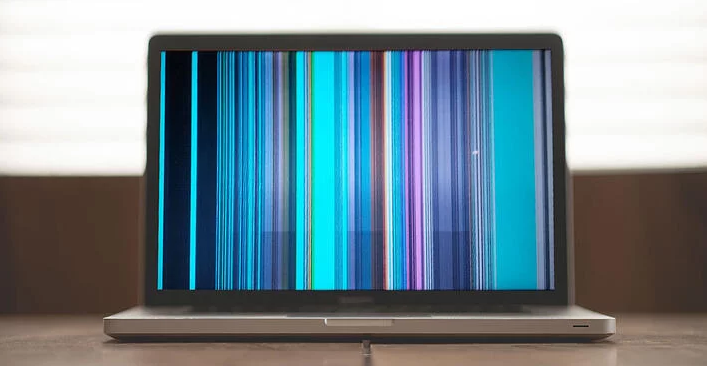Many of us depend on laptops for our daily work and entertainment needs. However, at times, we encounter some unexpected problems with our laptop screens. But worry not, we've got you covered with a quick guide on how to troubleshoot common laptop screen problems.

Dead Pixels
Dead pixels are tiny spots on the screen that do not display any image. They are usually caused by manufacturing defects, physical damage, or aging of the screen. To fix dead pixel problems, you can use a dead pixel fixer software or apply light pressure on the affected area with a soft cloth. However, if the dead pixels are widespread or in clusters, it is best to contact a professional.
Screen Flickering
Screen flickering may occur due to outdated software or graphics drivers, loose connections, or hardware issues. You can check for updates for your software and drivers and install them. Also, make sure to adjust your laptop's refresh rate and resolution to the recommended settings. If these steps do not work, you may need to check the connections and hardware or get professional help.
Backlight Issues
Backlight issues occur when the backlight that illuminates the screen does not work correctly. This can happen due to faulty hardware, damaged wiring, or loose connections. You can try adjusting the brightness settings or connecting your laptop to an external display to check if the backlights are the issue. If not, it is advisable to have a professional repair your laptop.
Black Screen
A black screen generally occurs due to software or hardware issues. To fix this, you can try restarting your laptop, removing any external devices connected to it, or running a virus scan. If these steps do not work, check your laptop's hardware connections and components, such as the battery and RAM, for any damage or loose connections. If you are unsure how to perform these checks, seek professional help.
Conclusion
In summary, laptop screen problems can occur due to various reasons, including hardware and software issues, damage, and aging. However, with some quick troubleshooting steps, you can resolve many common problems yourself. Remember to keep your software and drivers updated, adjust the settings to the recommended values, and check the hardware connections and components for any issues.
